World Fine Art Professionals and their Key-Pieces, 236 - Johan Kleinjan
World Fine Art Professionals and their Key-Pieces, 236 – Johan Kleinjan
Johan Kleinjan draws in a distinct, raw style that forces you to take a closer look at the ordinary things in life. He has often spent time abroad in recent years. For example, he was an artist in residence in Beijing for five months at the Chinese Institute for Provocation – the Chinese also like some irony. Wherever he goes, Johan takes his pencils and sketchbook with him. He likes to draw people in their own environment, preferably without them being aware of it.
On a warm June day, I am visiting Johan in his studio in Rotterdam. In a large room he has his drawing table, next to it a printer, a table full of pots of paint and on the windowsill many plants including an exuberantly grown Cactus Euphorbia. Johan: “I found it on the street, in poor condition, but it has fully recovered.” The plant has indeed gone far.
Plants
He has various other plants in cans and pots in the courtyard of the studio complex. Recently he has split a banana plant. Here too it grows like crazy. “My sister has ultra-green fingers, my girlfriend is also working on it. Apparently it is in the family, my father is a fruit grower.” In Taiwan – where he was for a while – he saw plants everywhere. “Not neatly on the windowsill, but also in open frames, on the street, in garages, on roofs. Everyone was busy with plants.” And of course he started drawing them.
Architecture
When he started drawing, he found architecture interesting. “Architecture and also constructions. I wanted to build things. At the MTS (Technical College) I had a technical drawing course. When I had finished that education, I didn’t want to work immediately and I ‘fled’ to the Art Academy. I also started drawing people there, sometimes with texts.” Together with fellow students, he formed the Antistrot collective who put together booklets. He shows such a book: very closely written texts and drawings and photographs through it.
Kamp Horst
After graduating, the collective continued to exist, albeit after a while under a new name: Kamp Horst. “Both names refer to teachers at the Academy of which we were not so impressed.” He still works a lot with the collective, but from 2010 on he started doing more things himself. He went to work in guest studios abroad, starting in Kronstadt, the fortified Russian port city near St. Petersburg. “There I started to paint socialist flats with poster paint.”
Previously, in 1999, he was an exchange student at Tokyo Zokei University for six months. There, his fascination with Asian culture began which led him to return a few years later to work in Xiamen, Taiwan (with an R&D contribution from the CBK, the Center for Visual Arts in Rotterdam), Beijing (In the Mondriaan Fund guest studio) and Chongqing.
Beijing
“I have been in Beijing for five months. In Beijing I almost always ate outside, just like most Chinese people. There are many good eateries. I had my drawing material with me and sketched people in my neighborhood, preferably without them being aware of it. I could hide my drawing material a bit between all the bowls and dishes on the table. Sometimes they saw it, but they thought it was funny. I also drew people in parks. When a performance of a revolutionary opera took place, I recorded the singer. I also draw on the basis of photos. ”
He stayed in a hutong, an old neighborhood with courtyards near the Tienanmen Square where the emperor’s staff used to stay. “At first I thought: gray stuff. But it was nice there, with restaurants and shops. When I was there for a month, I heard that the government wanted to brick up all the embellishments and extensions that the residents had applied. People couldn’t do anything about it. There is no participation there. Incidentally, the hutongs in the suburbs are all being demolished. ”
Chongqing
His work was exhibited at the Institute for Provocation. “A beautiful space, before that it was the district heating building that was nicely renovated.” The Chinese art market works smoothly. “Contacts are easily made. Following an image of your work on your Instagram account, you can be invited for an opening. The art market was fully booming ten years ago. ”
At the end of his stay, when he had a visa issue, one of the Chinese mentors solved it by inviting him to Chongqing. “Also a city of millions, in the south, with weird tropical buildings.” On the way there, he saw entire cities under construction where no one lived yet from the sleeper train. “Where Beijing was flat, and easily accessible by bike, even to the outer edges, Chongqing turned out to be mountainous and I took the bus and the metro / monorail there.”
The city was once founded on the spot where the Jialing River flows into the Yangtze River. “One river has a red-brown color, the other a green color, a bizarre mix. The center of the city is now a sort of Manhattan. Just like Beijing, it is a city of millions, with 8 to 30 million people if you also include the suburbs.”
Key work
His most important materials are pencil (“I used to draw a lot of b / w drawings”), marker and rotring pen, a technical pen with a thin metal point with which he had worked on the Technical College. And in addition pastel and acrylic paint.
Does he have a key work, a work that brought him in a new direction? He has. “One of the Russian socialist flats. I started working with other techniques. I went from black and white to line work in poster paint. ”
Johan Kleinjan has been an artist for almost 20 years. In addition to autonomous work, he also works as an illustrator on newspapers and magazines, including HP / De Tijd, de Volkskrant and Trouw. How does he experience the artistic life? “It’s nice, fairly relaxed, sometimes a little stressed. I am also an illustrator for half. The danger is that you are not taken seriously in both worlds. Fortunately, it worked out well.”
Images
1) Beijing eater, 2) De Poli, Guangzhou, 3) bricked up cafe hutong, 4) eaters Beijing, 5) building Guangzhou, 6) building Taipei, 7) Plant Taipei, 8) portrait Johan Kleinjan, 9) Soviet building Russia, 10) Tokyo drawing book
https://www.johankleinjan.com/
https://www.instagram.com/johan__kleinjan/?hl=nl
https://ifthenisnow.eu/nl/verhalen/de-wereld-van-de-rotterdamse-kunstenaar-43-johan-kleinjan
Disclaimer: The views, opinions and positions expressed within this guest article are those of the author Walter van Teeffelen alone and do not represent those of the Marbella Marbella website. The accuracy, completeness and validity of any statements made within this article are not guaranteed. We accept no liability for any errors, omissions or representations. The copyright of this content belongs to Walter van Teeffelen and any liability with regards to infringement of intellectual property rights remains with the author.

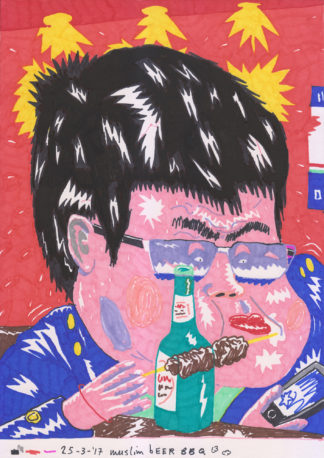
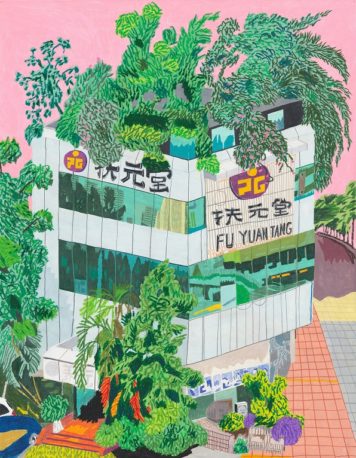
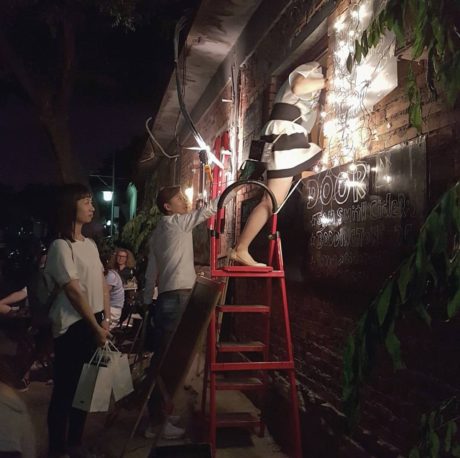

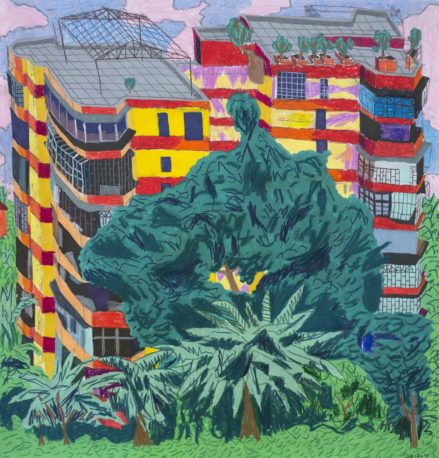
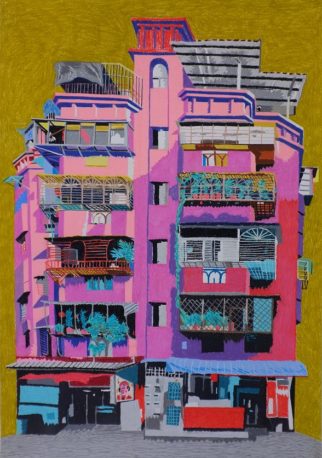

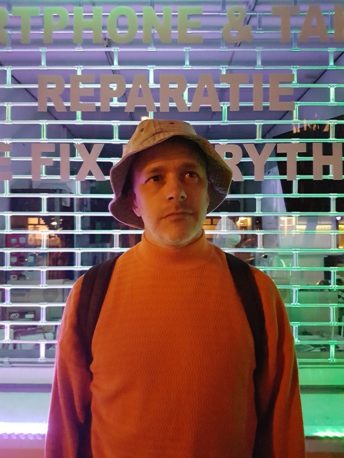

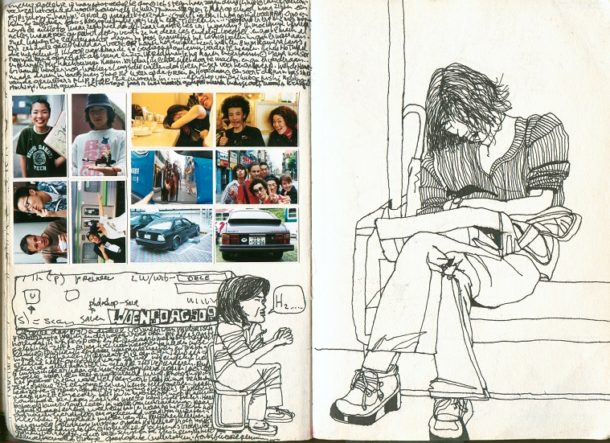














The opinions expressed by individual commentators and contributors do not necessarily constitute this website's position on the particular topic.